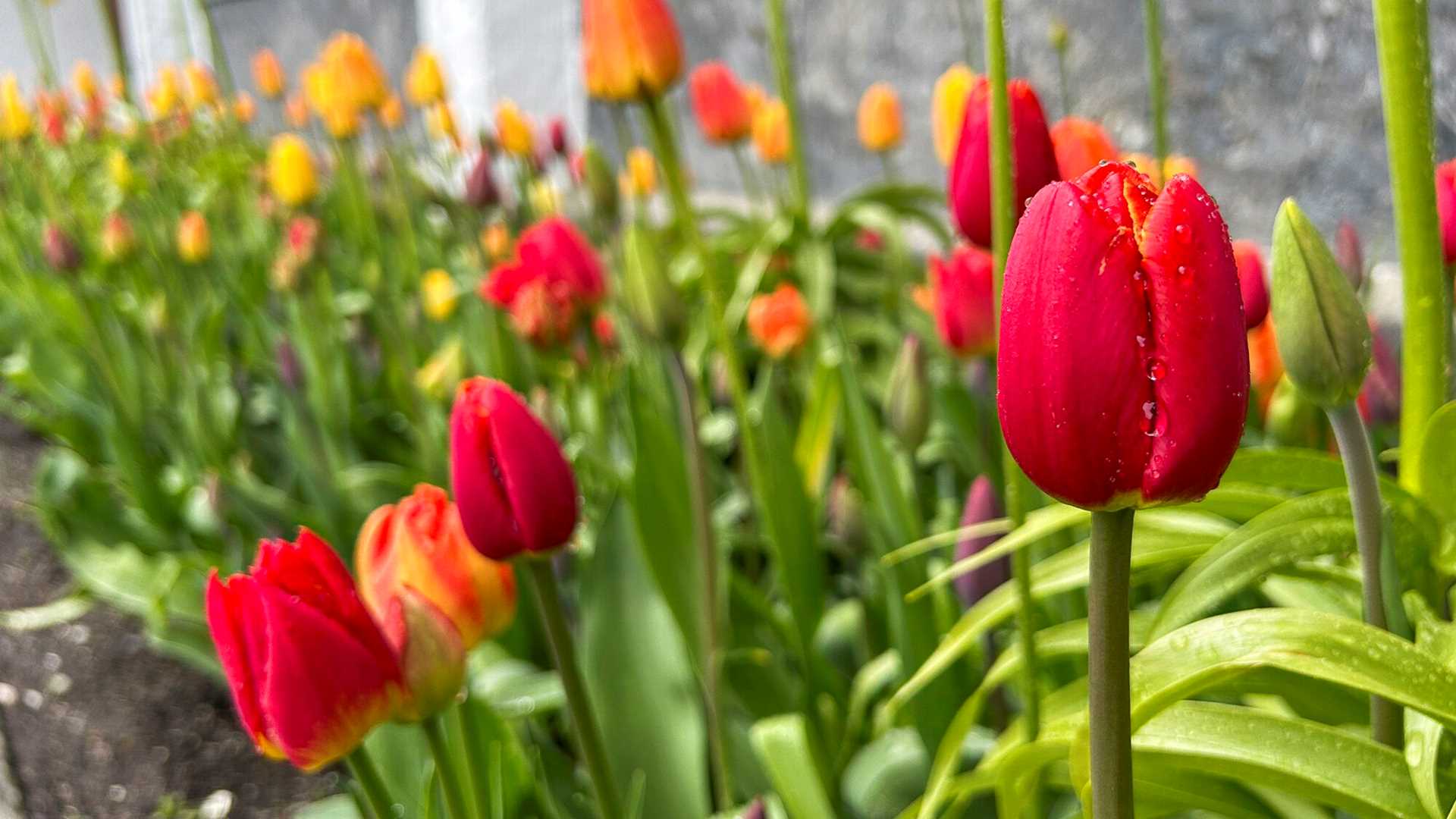Today, we got to see the beautiful northern city of Tromso, Norway. It is the world’s third largest city north of the Arctic Circle.
Call +1.800.397.3348 or contact your travel advisor
Call +1.800.397.3348 or contact your travel advisor

View all info
Today, we got to see the beautiful northern city of Tromso, Norway. It is the world’s third largest city north of the Arctic Circle.
Jeff Litton is a dedicated advocate for our planet, igniting a passion within people to cherish our Earth. His circuitous journey involves leading individuals into the untamed wilderness, where he unveils the hidden splendor of the natural world. Jef...
Read MoreShare Report
6/10/2025
Read
National Geographic Resolution
National Geographic Resolution awakened in the calm embrace of Liefdefjorden, the fjord's surface as still and soft as a cottony mirror. Guests had the choice of exploring the serene waters by kayak or enjoying the breathtaking sight of tidewater glaciers during a Zodiac cruise. The reflections on the water were truly stunning, offering yet another rich and unique perspective on the magic of Svalbard. The air was alive with birdlife such as king eiders, long-tailed ducks, great skuas, and arctic terns circled above and settled on ancient moraines, adding life and sound to the Arctic stillness. For the adventurous, the legendary polar plunge was on offer, an exhilarating dive into the icy waters. Seven-year-old Tulia, full of spirit, even jumped several times alongside her father, Kimmo! After another epic lunch onboard, guests gathered for a disembarkation briefing followed by an inspiring lecture from National Geographic photographer Sergio Pitamitz, who shared stories from his ongoing work in visual storytelling. Later, once the relaxing wine and cheese teatime came to its end, a pod of white-beaked dolphins unexpectedly appeared, breaching near the ship and playfully, inviting the guests to the bridge, once again. Once the marine mammals left, delaying the start of the captain’s farewell cocktail, all guests and staff members enjoyed the emotional slideshow put together by Giulia Ciampini with all the pictures collected from our 14-day adventure.
6/9/2025
Read
National Geographic Resolution
After our sojourn through the pack ice up to 82 degrees 15 minutes north latitude last night, we had a long way to go back towards the coast of the island of Spitsbergen. By morning we had left the vast white plain of Arctic pack ice behind and soon saw the snow-covered mountains of Svalbard. We were treated to several presentations by expedition staff, and as the morning progressed, the coasts of Nordaustlandet and Spitsbergen rose up ahead. By midday we were in the sheltered waters of Wijdefjorden. Following a major geologic fault line, this wide fjord nearly splits Spitsbergen in two, with 400-million-year-old mountains on either side. We stopped in front of Nordbreen, the North Glacier, draining the Asgard ice field. Careful scouting by the expedition team found no evidence of polar bears, which meant we were clear for hikes along the beach, moraine, and ridge above the glacier. There were reindeer grazing on the foreshore and ten walruses hauled out on the point. Everyone could choose a hike suited to their desired level of effort, and all had great views of wildlife, the glacier, and its surrounding mountains.
6/8/2025
Read
National Geographic Resolution
This day was beyond amazing. We ventured north of Svalbard in the hope of polar bear and beautiful ice sightings, and both were delivered to us. The call for our first bear of the day came at 06.00, a beautiful female with a recent kill. But just one hour later we spotted a second bear, also with a recent kill. The bears kept appearing and soon, we were yet again called to the bridge to watch a young and curios bear check us out. We continued, and after passing 81 degrees north it was time for an ice walk on an ice floe. Winds were still and just as we were wrapping up, the snow started to gently fall. It was absolutely fantastic! The conditions were perfect to continue, and we passed 82 degrees. Captain Martin took us even further north before the ice stopped us, yet we set a new record for Lindblad Expeditions by taking us to 82 degrees and 15 minutes. This will definitely be a day to remember.